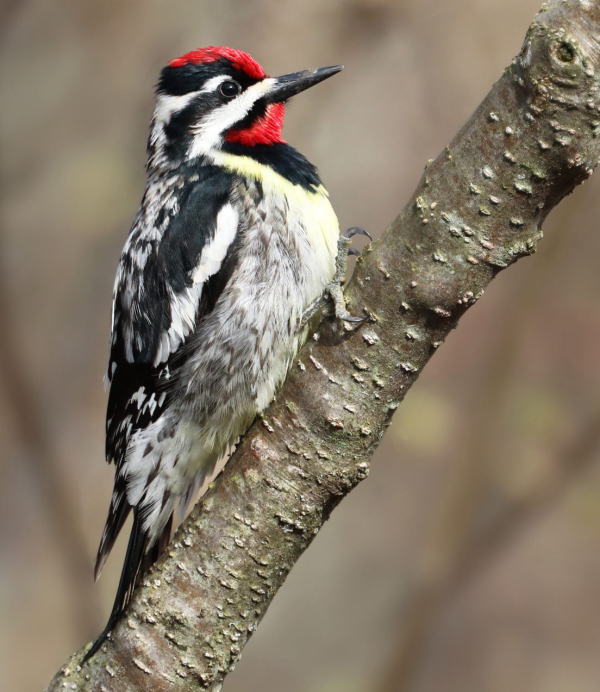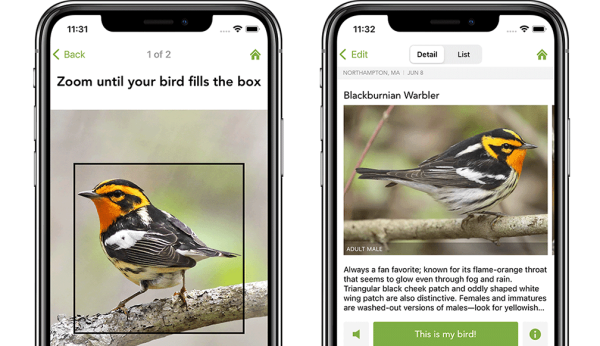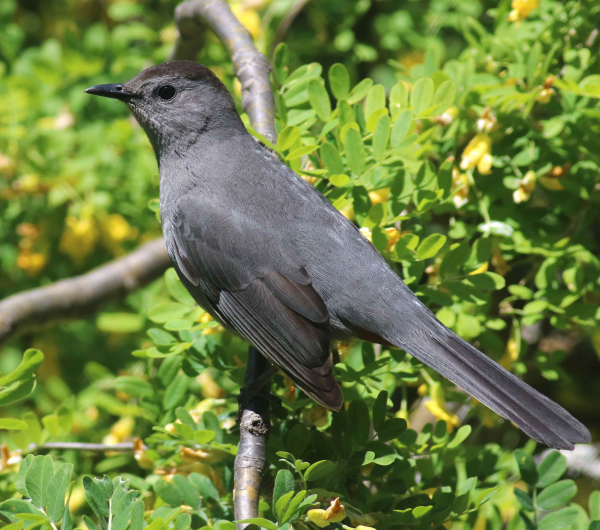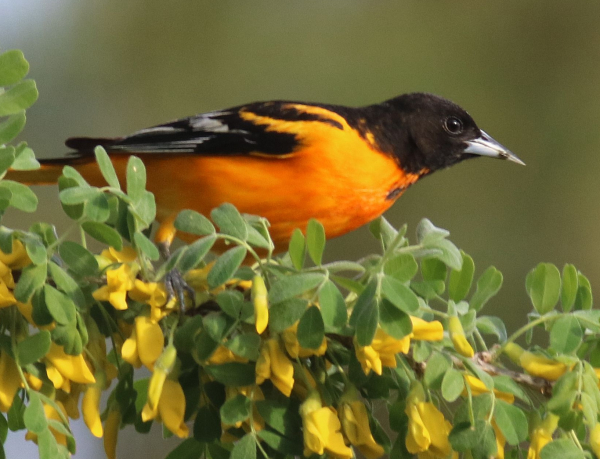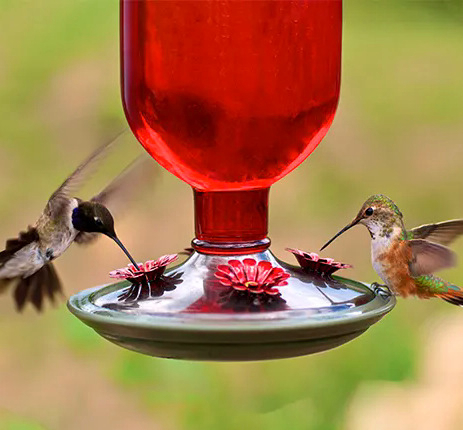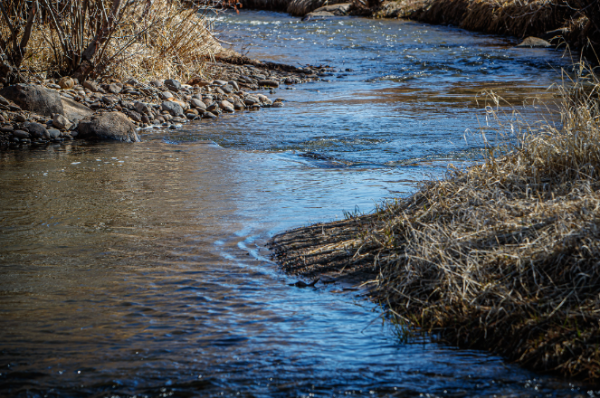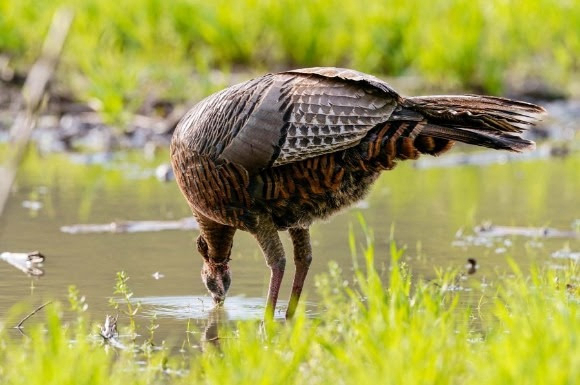By Glen Wunderlich
Charter Member Professional Outdoor Media Association (POMA)
As each season of deer hunting commences, I watch over lush food plots of turnips in anticipation of hungry whitetails rushing to the nutritious vegetation. There is no doubt about the lure of brassicas when the weather turns sour and the turnips sweeten to perfection. However, the best early season attractiveness in whitetails’ diets goes to clover blends in our climate.
Season upon season, it’s clear that deer prefer blends of legumes such as peas, beans, or clovers in the early seasons. Unlike beans, however, perennial clover is not killed by frost and that makes it one of the most readily available food sources in the spring when stressed deer have consumed all the remnants of annual plantings.
It’s a common practice to blend brassicas with clover when planting, but once the brassicas are either eaten or die of natural causes, bare spots are everywhere and those areas will be filled with weeds if left to Mother Nature. A rather simple solution to minimize this risk is to overseed in the spring when the soil is moist. This practice sets the stage for years to come, providing minimal maintenance is given in terms of fertilizer and mowing.
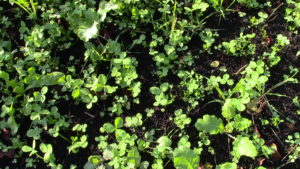
Happy Clover
Like everything else, inflation and supply shortages must be considered. It’s impossible to predict how much products will cost in the future or if they will even be in stock, so if you can afford today’s prices and you find seed, fertilizer, and lime, it’s best to stock up when supplies are found.
Ladino clover is a cool-season perennial legume that spreads by stolons – creeping horizontal plant stems or runners that take root at points along its length to form new plants. In the proper growing environment, ladino clover can persist for four to five years or more, particularly in northern climates. Deer will ignore undesirable weeds and will search out nutritious clover. Beyond those years, it will be present, albeit in lesser amounts, but nonetheless will continue to be attractive.
Red clover is a cool-season legume that is classified as a biennial with a two-year lifespan, but with proper management it can persist for three or more years in northern states such as Michigan.
The use of a cultipacker or roller is important both before and after planting for a firm seedbed and to prevent planting the seed too deep.
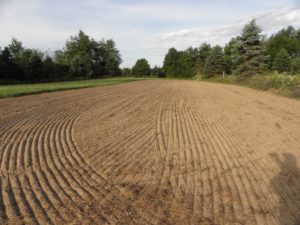
Soil After Cultipacking
It also provides a smooth surface, which is important when it comes time to mow – and, clover loves mowing at heights five inches and above.
Soil samples are also necessary so that lime and fertilizer requirements can be defined for best results.
Seedbeds can be tilled to keep weed production down until planting time nears in August. Then, before planting an application of glyphosate can eradicate pesky weeds before broadcasting the clover seed to minimize weed competition.
There is no easy way to get a good food plot established, but a good plot of clover will serve wildlife for years to come with minimal maintenance.
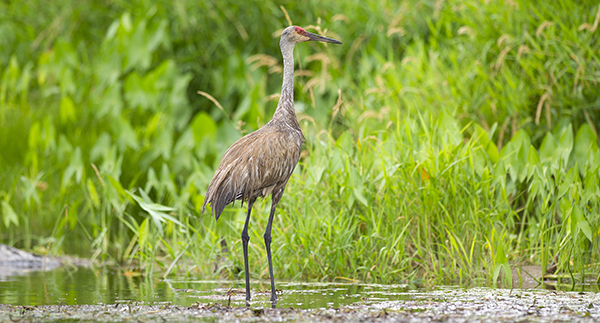

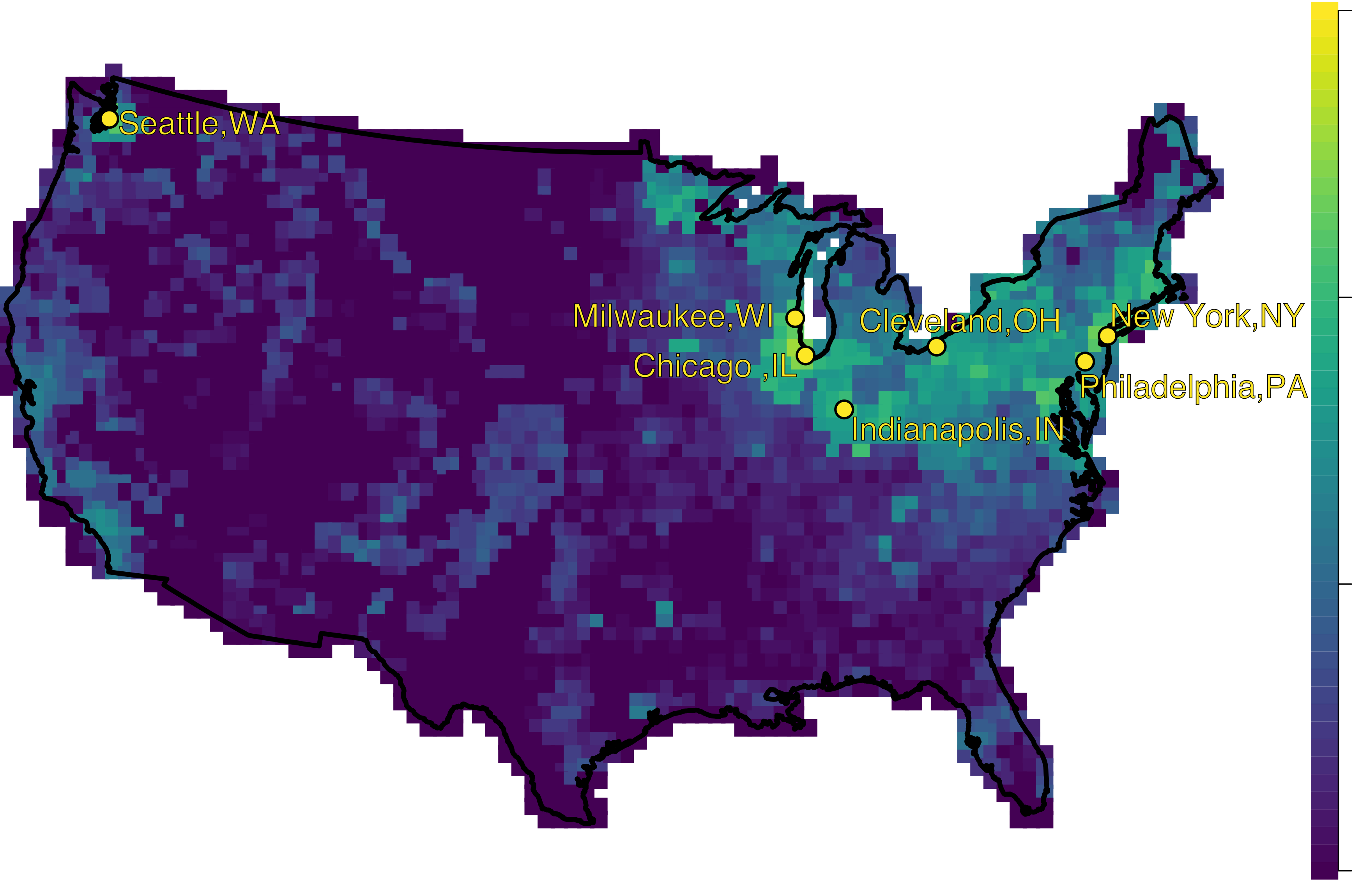 Several U.S. cities, shown in yellow, may be hotspots for tree mortality from the invasive emerald ash borer beetle. The map also shows other locations in the insect’s path over the next 30 years. Dark blue areas have lower risk, while lighter blue and green areas may experience greater risks and costs. (Source: Hudgins et al. 2022 Figure 2d)
Several U.S. cities, shown in yellow, may be hotspots for tree mortality from the invasive emerald ash borer beetle. The map also shows other locations in the insect’s path over the next 30 years. Dark blue areas have lower risk, while lighter blue and green areas may experience greater risks and costs. (Source: Hudgins et al. 2022 Figure 2d) Though Michigan’s 2021 deer hunting seasons ended in late January 2022, the Michigan Department of Natural Resources is continuing to accept feedback from hunters about their experiences. Hunter harvest surveys have been sent to a random sample of the state’s deer hunters. In addition, hunters can take a
Though Michigan’s 2021 deer hunting seasons ended in late January 2022, the Michigan Department of Natural Resources is continuing to accept feedback from hunters about their experiences. Hunter harvest surveys have been sent to a random sample of the state’s deer hunters. In addition, hunters can take a 